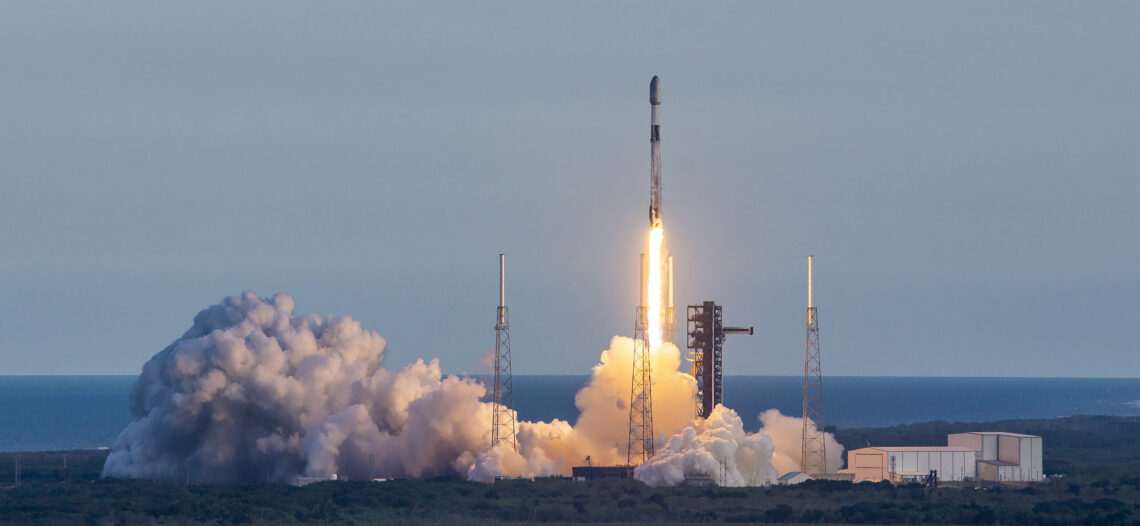WASHINGTON — A new report from Slingshot Aerospace is ringing louder alarm bells over the rapidly increasing congestion in Earth’s orbit.
The report warns that the space domain that is becoming crowded to unprecedented and potentially dangerous levels. The analysis draws from data collected by the Slingshot’s Seradata satellite and launch database.
“The industry has been saying space is becoming more congested for years, but now reality is setting in and the pressure is on to address the increasing risk in orbit,” said Melissa Quinn, general manager of Slingshot Aerospace. “We need to come together as an industry to make meaningful progress to coordinate the safe and sustainable use of space.”
Among the key findings is that a total of 12,597 spacecraft are in orbit as of the end of 2023, including a whopping 3,356 inactive satellites. This represents a 12.4% increase in the total number of satellites deployed compared to 2022.
The surge has been driven by ambitious satellite internet megaconstellations like SpaceX’s Starlink, as well as growth across the commercial sector which now accounts for a dominant 89% of all operational satellites. A record 2,877 satellites were launched in 2023, up 14.6% from the previous year, with communication satellites comprising 79% of that total.
In 2023, space insurers collected approximately $557 million in premiums, but paid out $995 million in insurance claims, resulting in a record-breaking net loss of $438 million. The most significant claim was the $445 million claim for Viasat-3 Americas, followed by Inmarsat’s $348 million claim, when its 6-F2 communications satellite experienced a battery failure.
“The losses in the space insurance market are unsustainable,” Quinn stated. “Some insurers are exiting the space industry, while the ones who remain are substantially increasing premiums to hedge against the record losses.”
Beyond the financial impacts, the report…
Read the full article here

